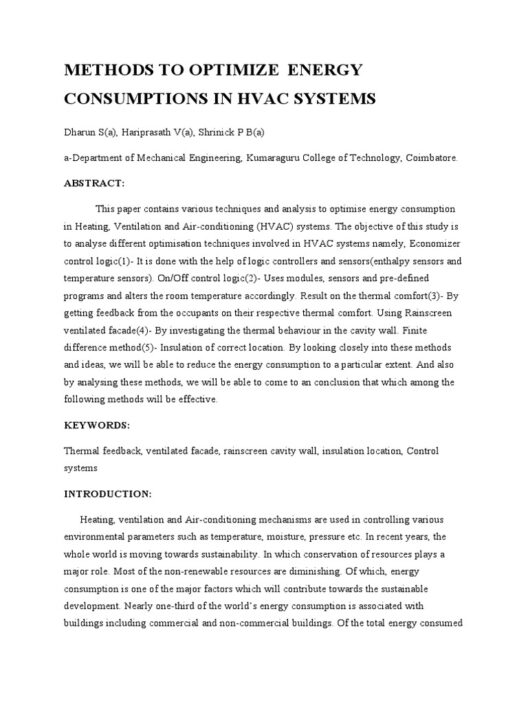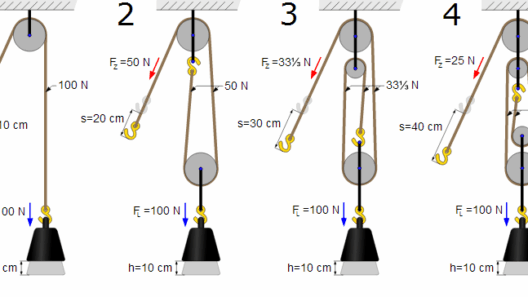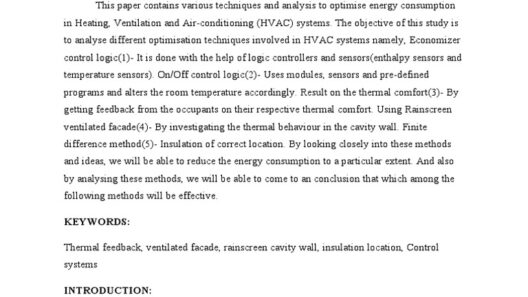Understanding kinetic energy conservation can feel like peering into the depths of the cosmos; each interaction between particles is a cosmic dance, intricate and calculated. In the simplest terms, kinetic energy is the energy of motion. To determine whether kinetic energy is conserved within a system, one must navigate a labyrinth of principles and apply various analytical tools. This exploration can be both captivating and enlightening, akin to unlocking the secrets of the universe.
To embark on this journey, it is crucial to grasp the fundamental principles governing kinetic energy. The formula for kinetic energy (KE) is given by:
KE = 1/2 mv²
where m represents mass and v denotes velocity.
Kinetic energy manifests when an object is in motion; however, not every interaction allows for the preservation of this energy. The conservation of kinetic energy principle states that in an isolated system devoid of external forces, the total kinetic energy remains constant. Visualize a perfectly elastic collision, a scenario in which two billiard balls collide without any energy dissipation: they ricochet off each other, and the total energy before the collision equals the total energy after. This captivating dance reflects the conservation law in action, demonstrating a harmonious balance in play.
However, reality often diverges from this idyllic scenario. Inelastic collisions, such as two cars crashing at an intersection, do not conserve kinetic energy. Instead of bouncing off in a perfect reflection of their initial velocities, they crumple together, and energy transforms into sound, heat, and deformation. The chaotic nature of such interactions illustrates how energy can dissipate, mirroring the unpredictability of human emotions in a storm of confrontation.
To assess whether kinetic energy is conserved, one can follow a systematic approach:
- Identify the system: Define the boundaries of the system under consideration. Are you evaluating the collision of two basketballs or a speeding train colliding with a stationary object? The definition is essential as it demarcates where energy transformations will occur.
- Examine the forces: Scrutinize the forces at play within the system. External forces, such as friction or air resistance, can counterfeit conservation. Consider the graceful arc of a thrown baseball. As it travels, air resistance works against it, dissipating kinetic energy and altering its trajectory.
- Calculate initial and final kinetic energies: Use the kinetic energy formula to ascertain the energies before and after an interaction. A meticulous approach to mathematics is imperative. If the cumulative kinetic energy before an event equals the cumulative kinetic energy after the event, then conservation prevails.
Embarking further into the realm of kinetic energy conservation, it is important to understand the concept of system isolation. An isolated system negates external influences, enabling one to clearly observe energy transformations. Imagine the tranquility of a vacuum-sealed jar. Within its confines, no air resistance or friction muddles the observations, allowing effortless analysis of what truly governs kinetic energy within its boundaries.
Energy conservation also intertwines with the realm of momentum, which can be visualized as the lifeblood coursing through the veins of physics. Momentum, calculated as p = mv, is conserved in all types of collisions, whether elastic or inelastic. This duality of kinetic energy and momentum allows scientists and engineers to predict outcomes in myriad scenarios, from car crashes to particle collisions in accelerators. It is a captivating interplay, resembling the nuanced exchanges within a bustling marketplace of ideas, where eras of knowledge and inquiry converge.
As one delves deeper into understanding kinetic energy conservation, the energy-momentum theorem emerges as a powerful ally. This theorem posits that if no external forces act on a body, the mass-energy remains constant. Here, energy merges with mass in an exquisite embrace, encapsulating Einstein’s landmark equation, E=mc². This relationship emphasizes that energy is not merely reserved for motion; it encompasses all forms of existence—profoundly intertwining with the fabric of the universe.
Real-world applications of kinetic energy conservation illuminate the pragmatic implications of this fascinating domain. Engineers design safer vehicles by assessing energy loss during collisions, while designers optimize structures to withstand dynamic forces. Athletes leverage the understanding of kinetic energy to enhance performance, capitalizing on the harmony of movement to propel them to greatness.
The artistic resonance of kinetic energy occupies a unique niche in society. Think of a dancer’s fluid motion, where kinetic energy is conserved and transformed into grace. From the swirl of skirts to the thrust of limbs, the very essence of energy is at play. More than mere science, it encapsulates beauty, demonstrating how all elements in life, including art and physics, are interconnected.
In summary, the ability to determine if kinetic energy is conserved hinges on a myriad of factors: the system’s isolation, external forces, and precise calculations of energy before and after interactions. The exploration of kinetic energy conservation is more than an academic pursuit; it opens the door to understanding motion’s fundamental essence and its impact on our world. By deciphering the potential for energy transformation, we not only gain scientific insights, but also cultivate a deeper appreciation for the intricate connections between all forms of energy and the universe’s broader narrative.







